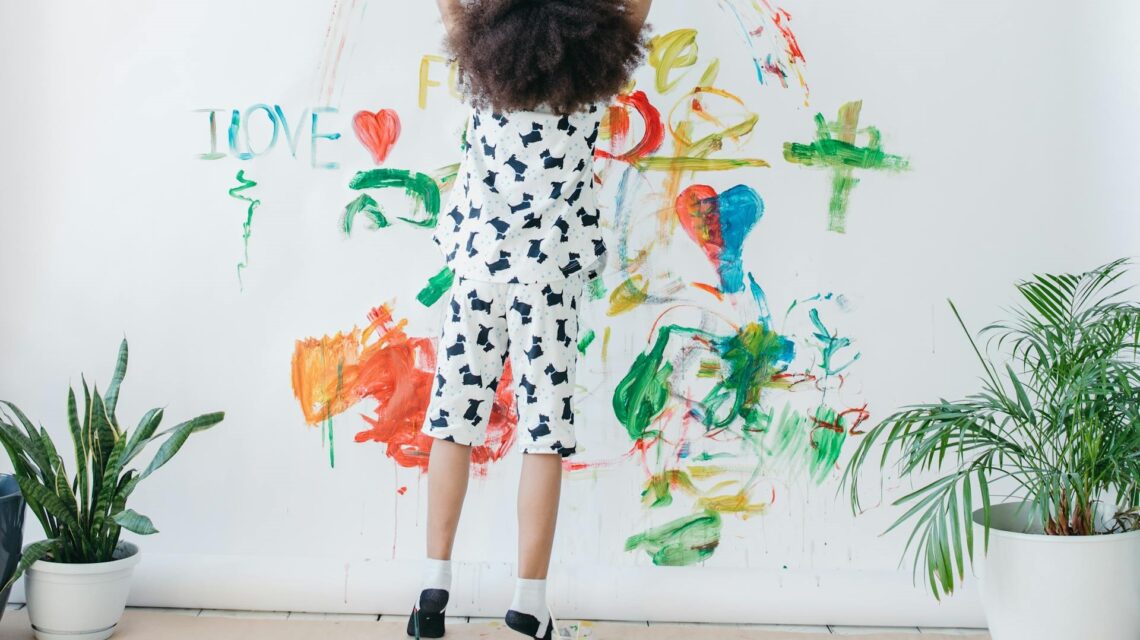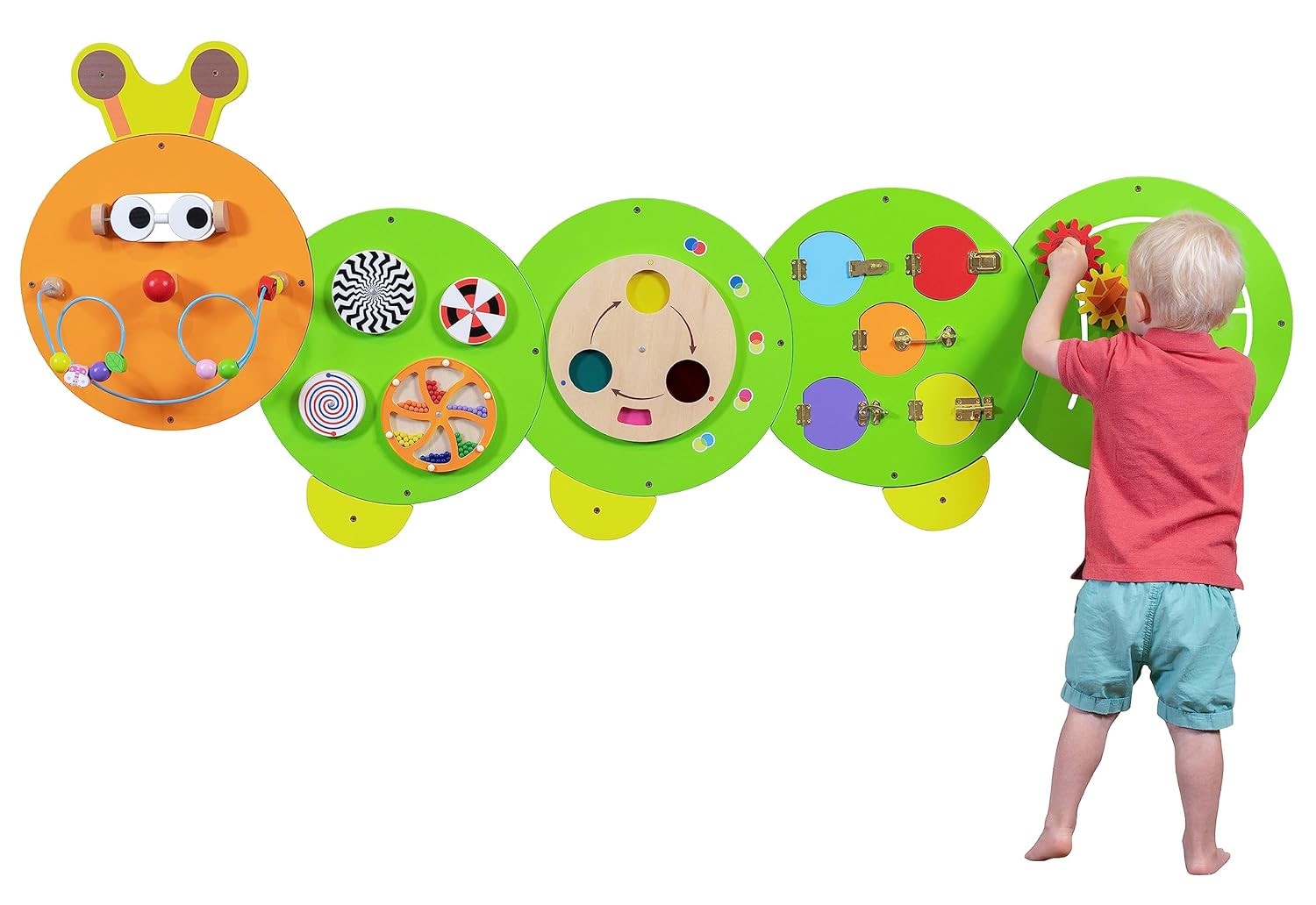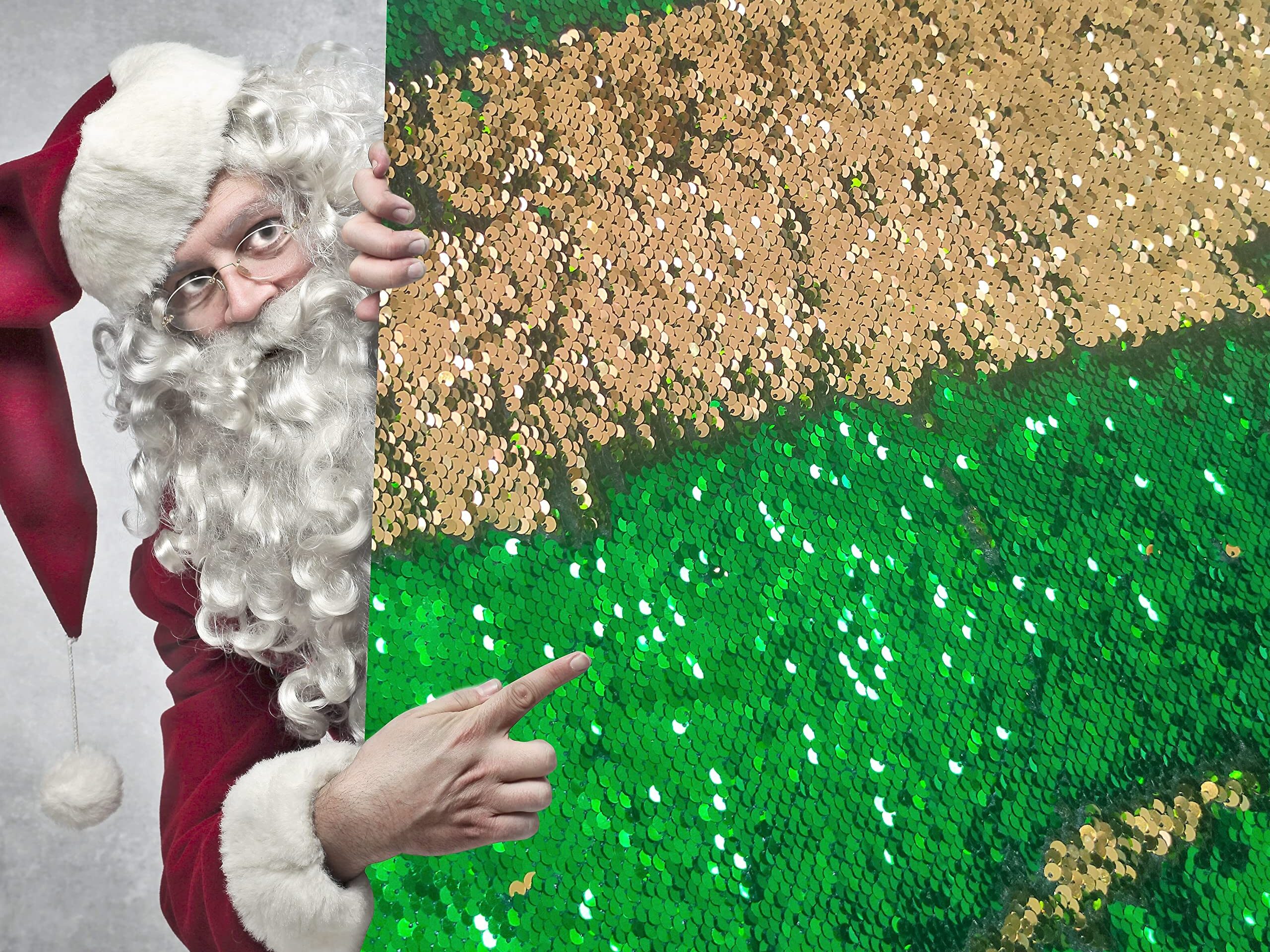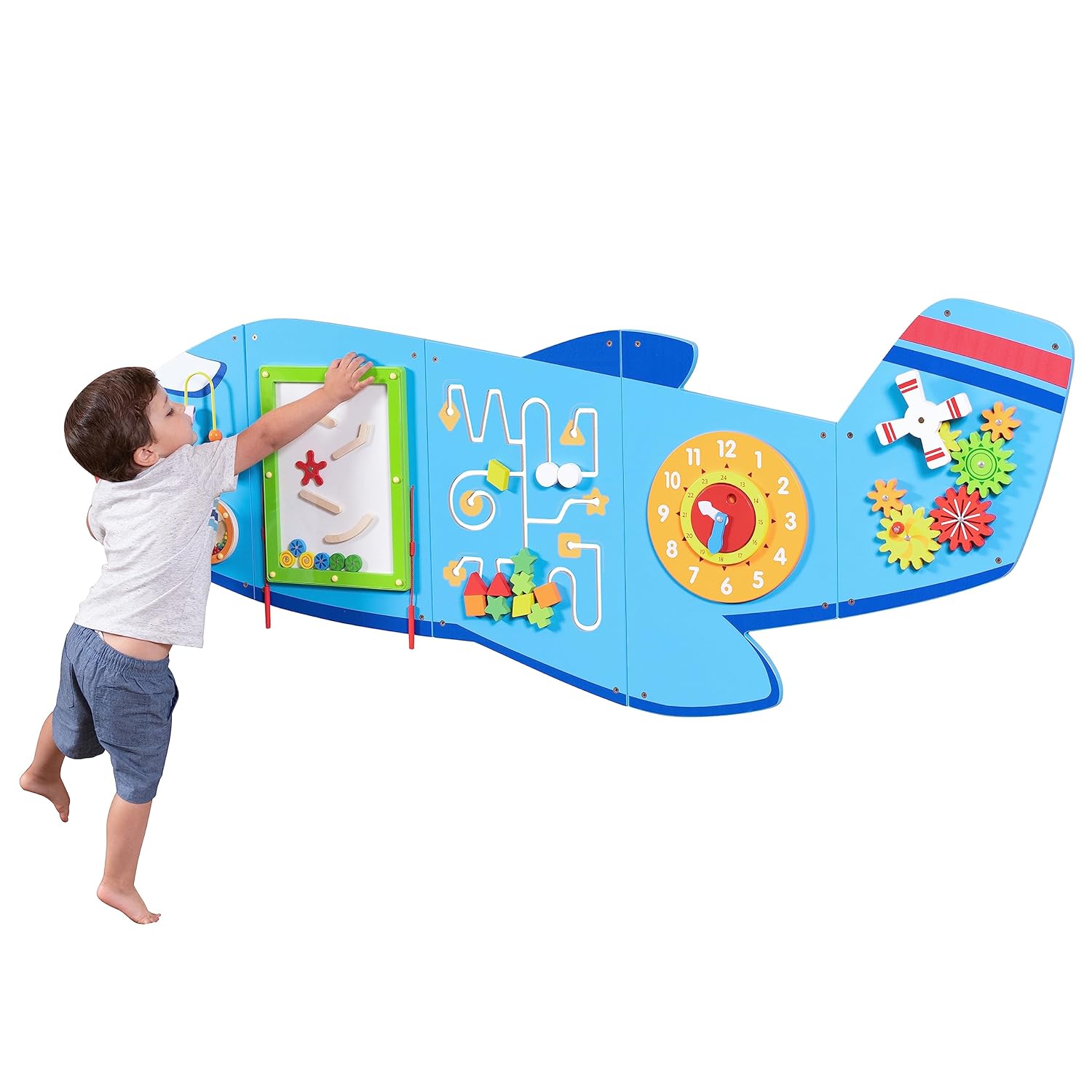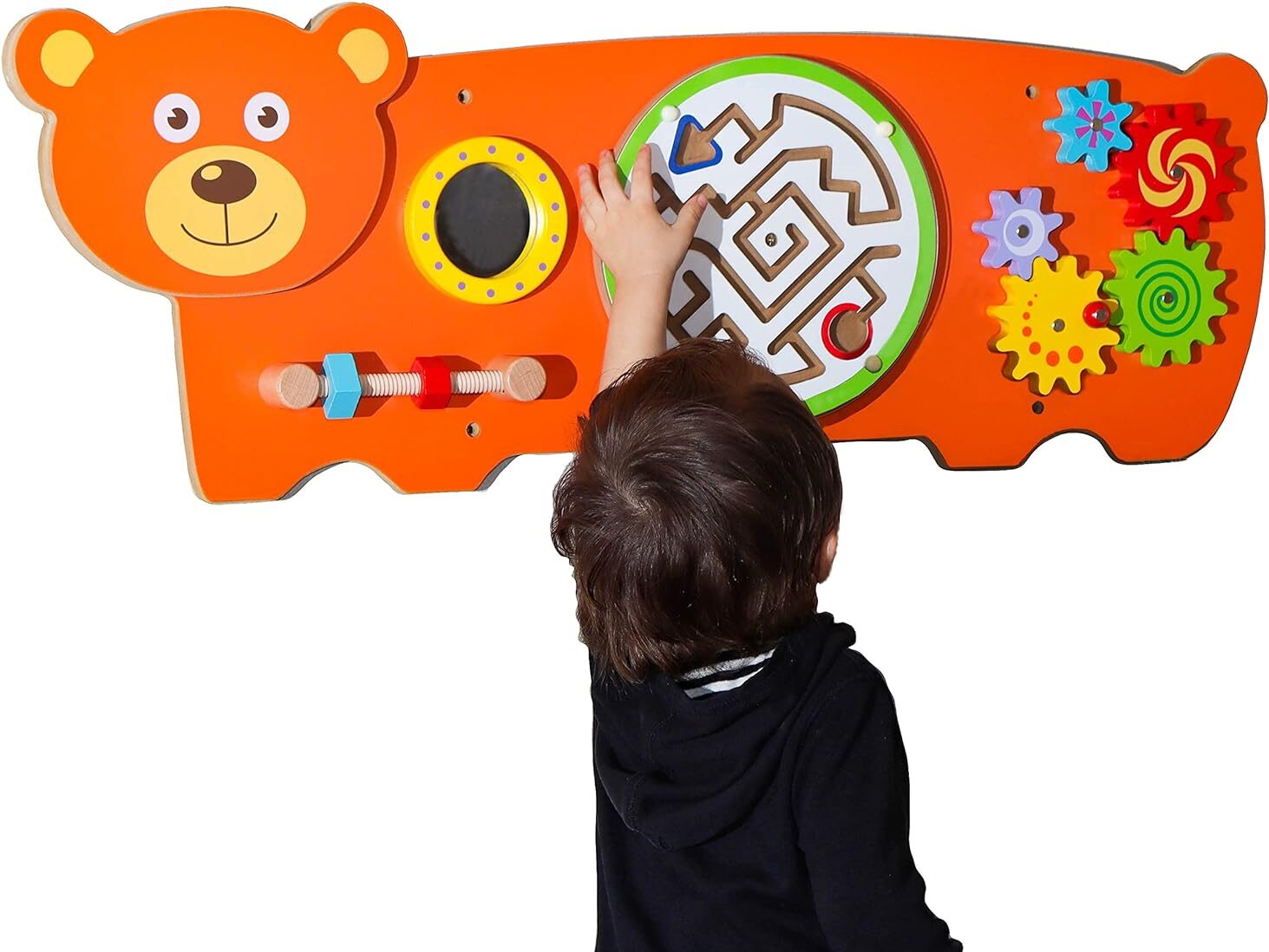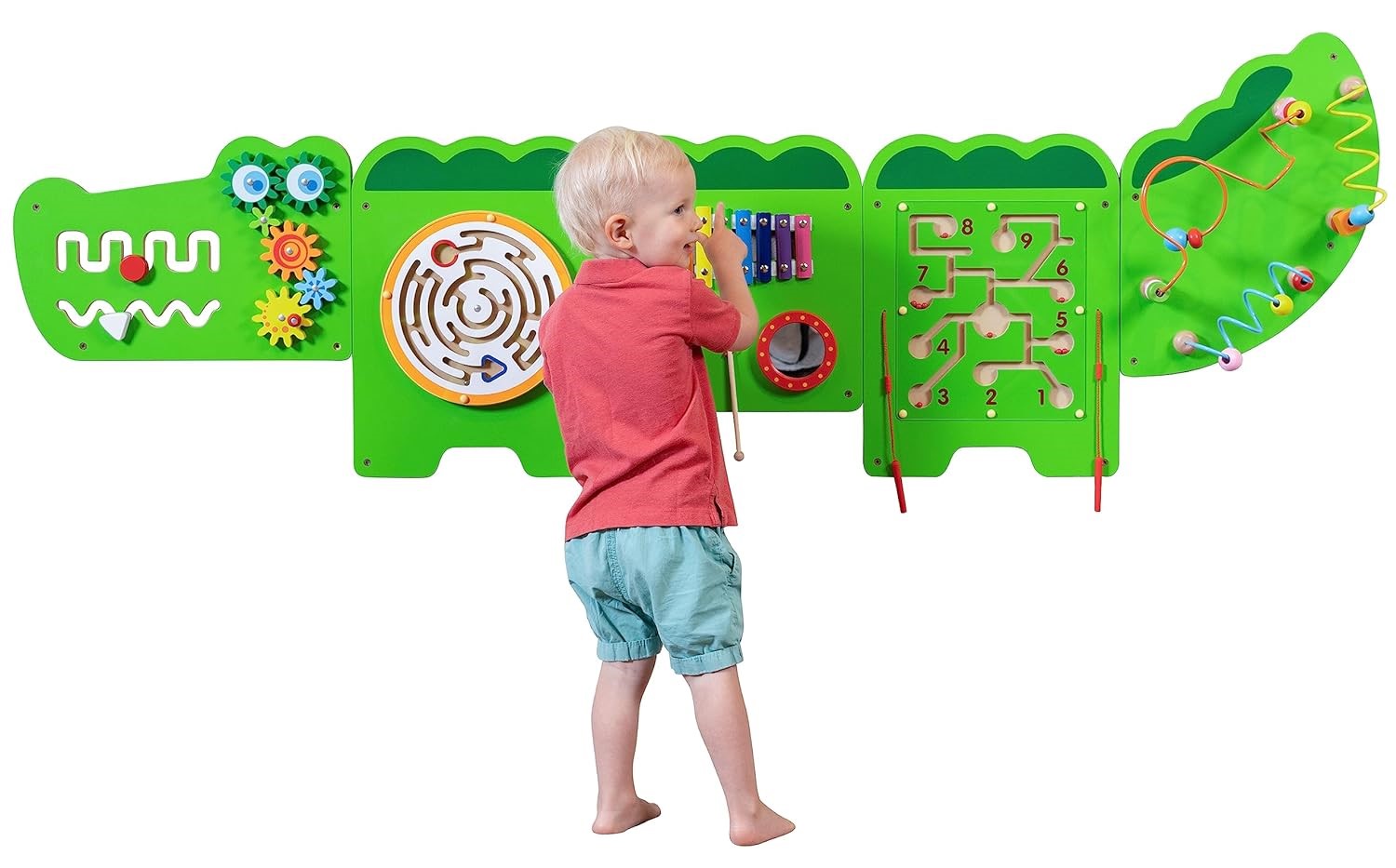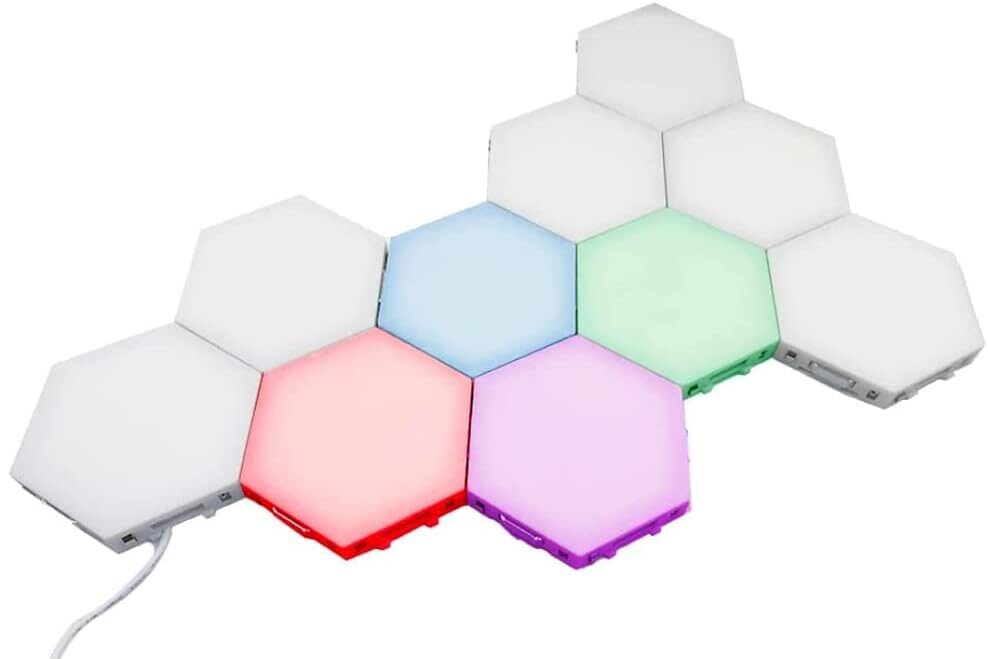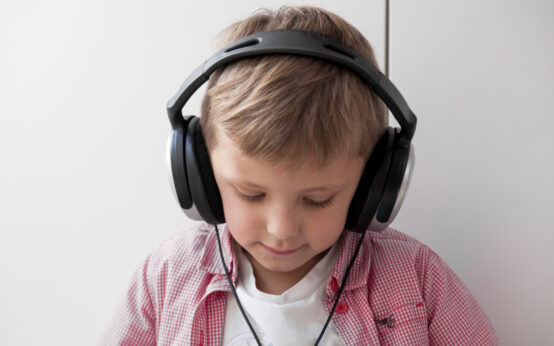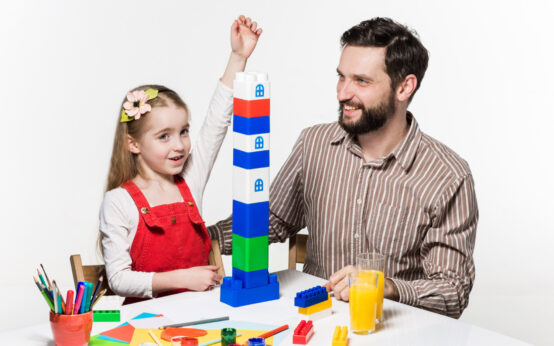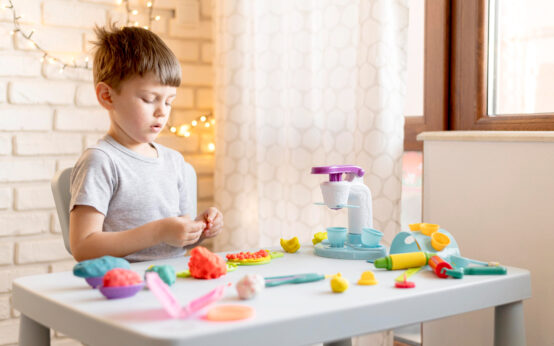Introduction
Children with autism often face challenges in processing sensory information, which can affect their ability to learn and engage with the world around them. Sensory wall activities are a great way to provide sensory input and promote development in children with autism. In this article, we will explore the benefits of sensory wall activities and provide some ideas for creating your own sensory wall at home.
What is a Sensory Wall?
A sensory wall is a wall-mounted structure that provides a variety of sensory experiences for children. It typically includes a range of textures, colors, and materials that children can touch, feel, and interact with. Sensory walls can be customized to meet the needs of individual children, and they can be used in a variety of settings, including schools, therapy centers, and homes.
Benefits of Sensory Wall Activities for Children with Autism
- Enhanced Sensory Processing: Engaging in activities that stimulate the senses offers children with autism the opportunity to enhance their sensory processing abilities. This improvement fosters better engagement with their surroundings and facilitates learning.
- Heightened Attention and Concentration: Through participation in sensory-stimulating activities, children with autism can enhance their attention span and focus. This heightened concentration aids in their ability to learn and actively engage in various tasks.
- Alleviation of Anxiety and Stress: Sensory-stimulating activities serve as a calming and comforting experience for children with autism, effectively reducing feelings of anxiety and stress. This creates a more conducive environment for learning and social interaction.
- Improved Motor Skills: Participation in activities that require physical movement and coordination supports the development of both fine and gross motor skills among children with autism. These improvements contribute to their overall physical dexterity and coordination.
- Facilitated Social Interaction: Activities that encourage social engagement offer a platform for children with autism to interact with their peers, fostering opportunities for social engagement and skill development. This increased social interaction aids in the enhancement of their social skills and overall communication abilities.
Ideas for Sensory Wall Activities
There are many different types of sensory wall activities that you can incorporate into your child’s routine. Here are some ideas to get you started:
Caterpillar Activity Wall Panels
Transform your walls into captivating playgrounds with multi-sensory busy board, designed specifically for children with autism. Featuring six distinct activities, including a bead maze, lockable doors with textured surfaces, and interlocking gears, this durable and easy-to-assemble toy is perfect for ages 18 months and up. Tested to the highest consumer standards, this sensory wall toy ensures safe and engaging play for your little ones. Encourage motor skills, coordination, and descriptive language with our Montessori-inspired busy boards. Keep your children occupied without screens and foster social interaction with this perfect small group toy.
Sensory Wall Sequin Flip Fabric for Kids
Enhance sensory experiences with our unique Sensory Wall Activities for children with autism. Featuring 0.5 CM Large Sequins for optimal tactile and visual stimulation, our fabric offers engaging sensory exploration. Transform any space into a sensory haven with our graffiti fabric, perfect for tactile therapy and visual tracking exercises. Reusable and versatile, it’s a must-have for sensory rooms and calming therapy. Enjoy worry-free play with our durable design, backed by our satisfaction guarantee.
Airplane Activity Wall Panels
This busy board features 6 engaging activities: a bead maze, rolling disk with sound, magnetic block slider, trace and track toy, clock with moving hands, and turning gears. Perfect for ages 18M+, this durable and easy-to-assemble wall activity center is designed to last for years without breaking. Explore Montessori toys and watch your child build motor skills, coordination, descriptive language, shape, space, and reasoning skills. Keep little ones occupied without screens! This Montessori busy board is also excellent for children with autism.
Bear Sensory Wall Toy
Dive into a world of vibrant learning with sensory wall activities tailored for children with autism. Packed with interactive challenges, our colorful board enhances motor skills, hand-eye coordination, and cognitive abilities. Unleash endless exploration and growth in a safe, durable design.
Crocodile Activity Wall Panels
Transform your walls into vibrant playgrounds with multi-sensory busy board, designed for children with autism. Featuring 11 engaging activities, including percussive instruments, mazes, and rotational pieces, this Montessori sensory wall toy is perfect for ages 18 months and up. Tested to the highest consumer standards, it’s durable and easy to assemble, with fixing holes and attachment screws included. These Montessori busy boards encourage curiosity, motor skills, and coordination, making them ideal for toddlers and children with autism.
Bright Autism Tap Led Lights
Transform any space into a dynamic sensory experience with Touch Sensory Lights. Perfect for children with autism, these interactive lights promote engagement and movement. Easily customizable, create endless configurations with magnetized hexagonal lights. Featuring dimmable settings for any mood, it fosters learning and relaxation. Ideal for sensory rooms, bedtime routines, or learning activities.
Conclusion
Sensory wall activities are a great way to provide sensory input and promote development in children with autism. By incorporating a variety of textures, colors, and materials into your sensory wall, you can create a fun and engaging sensory experience for your child. So why not try creating a sensory wall at home today?
